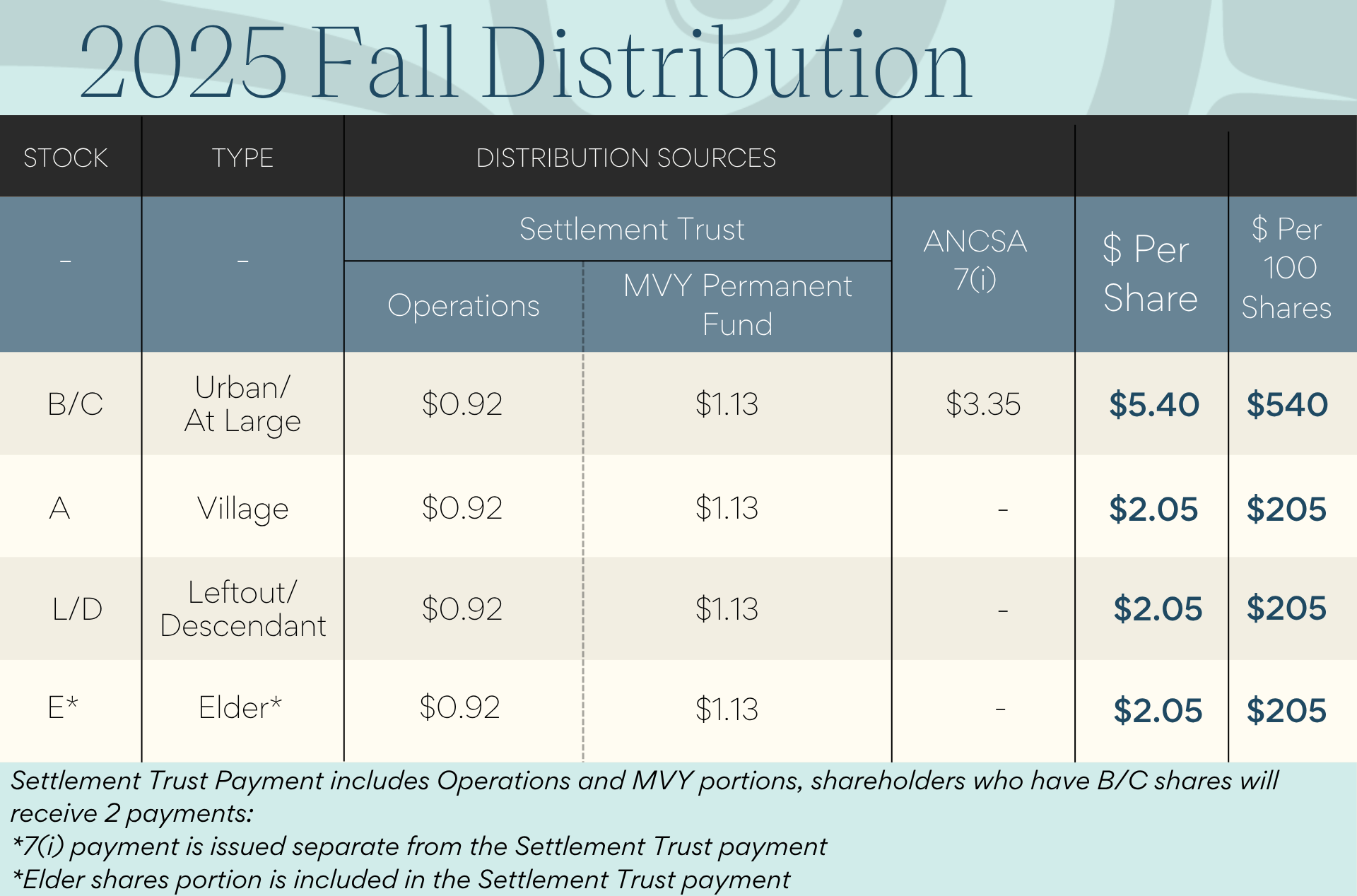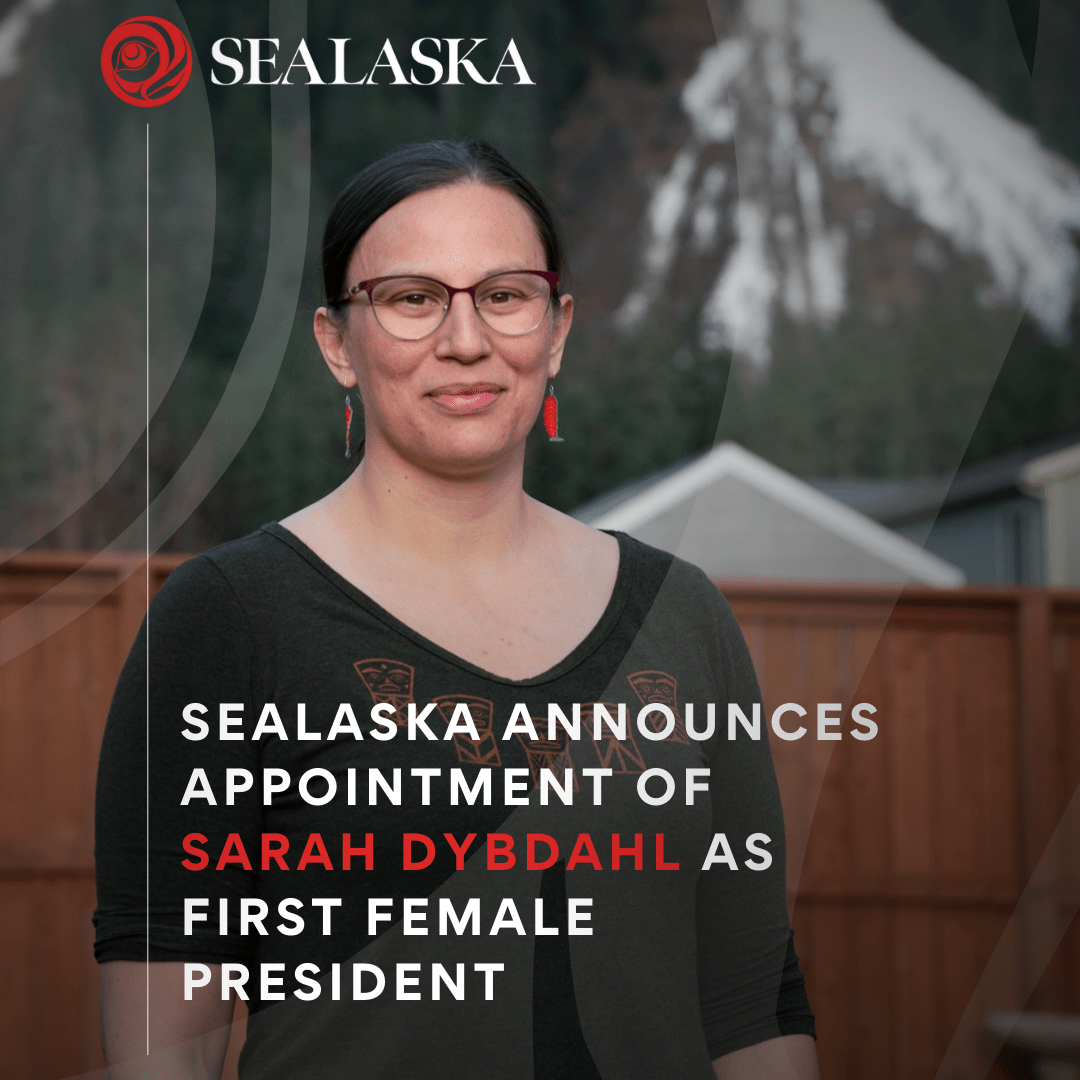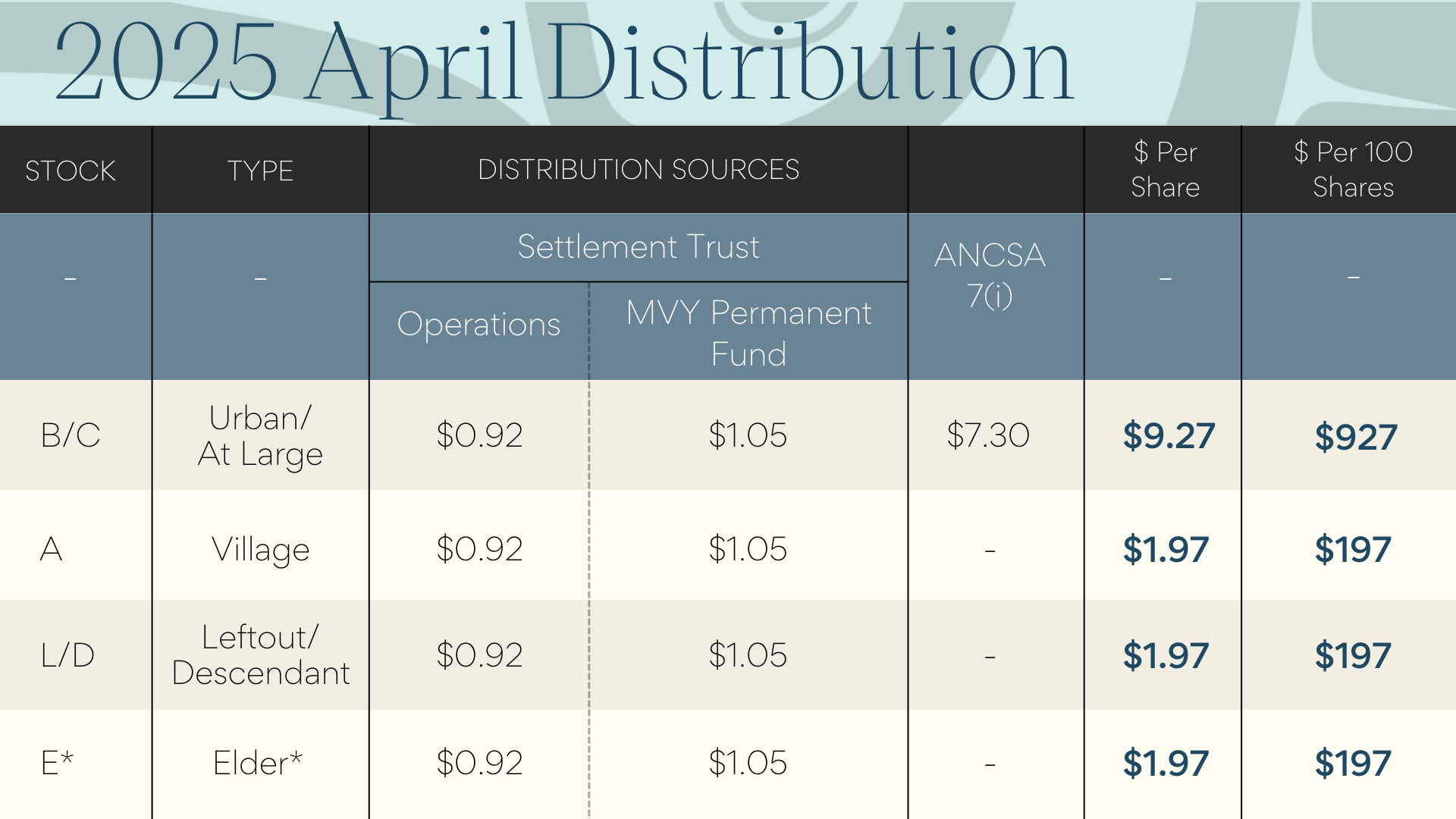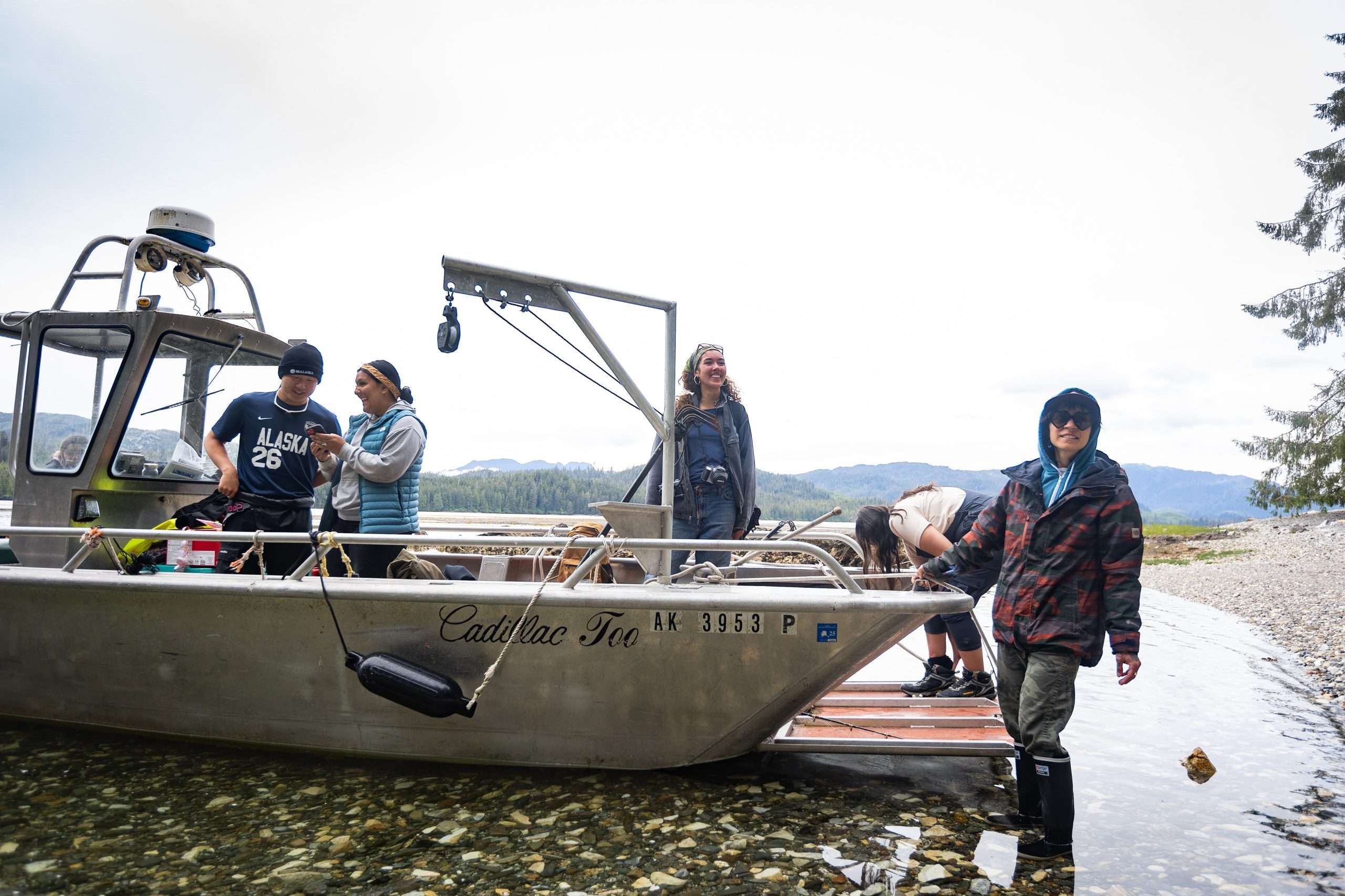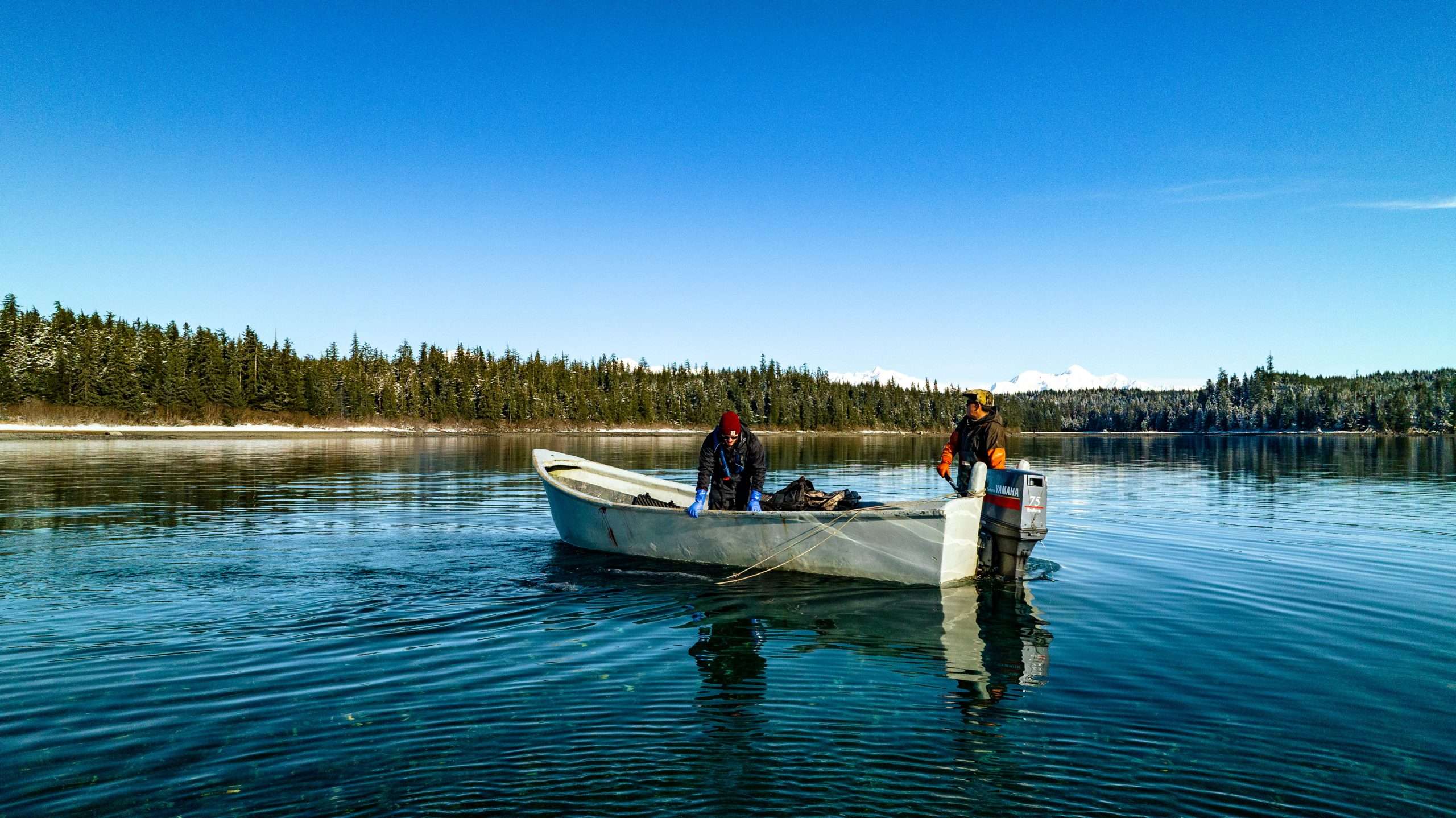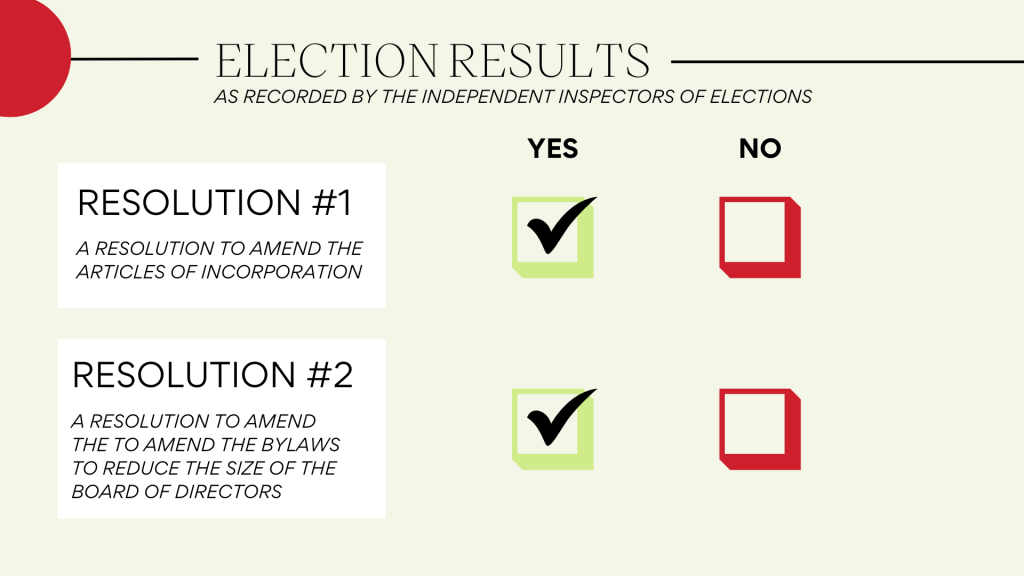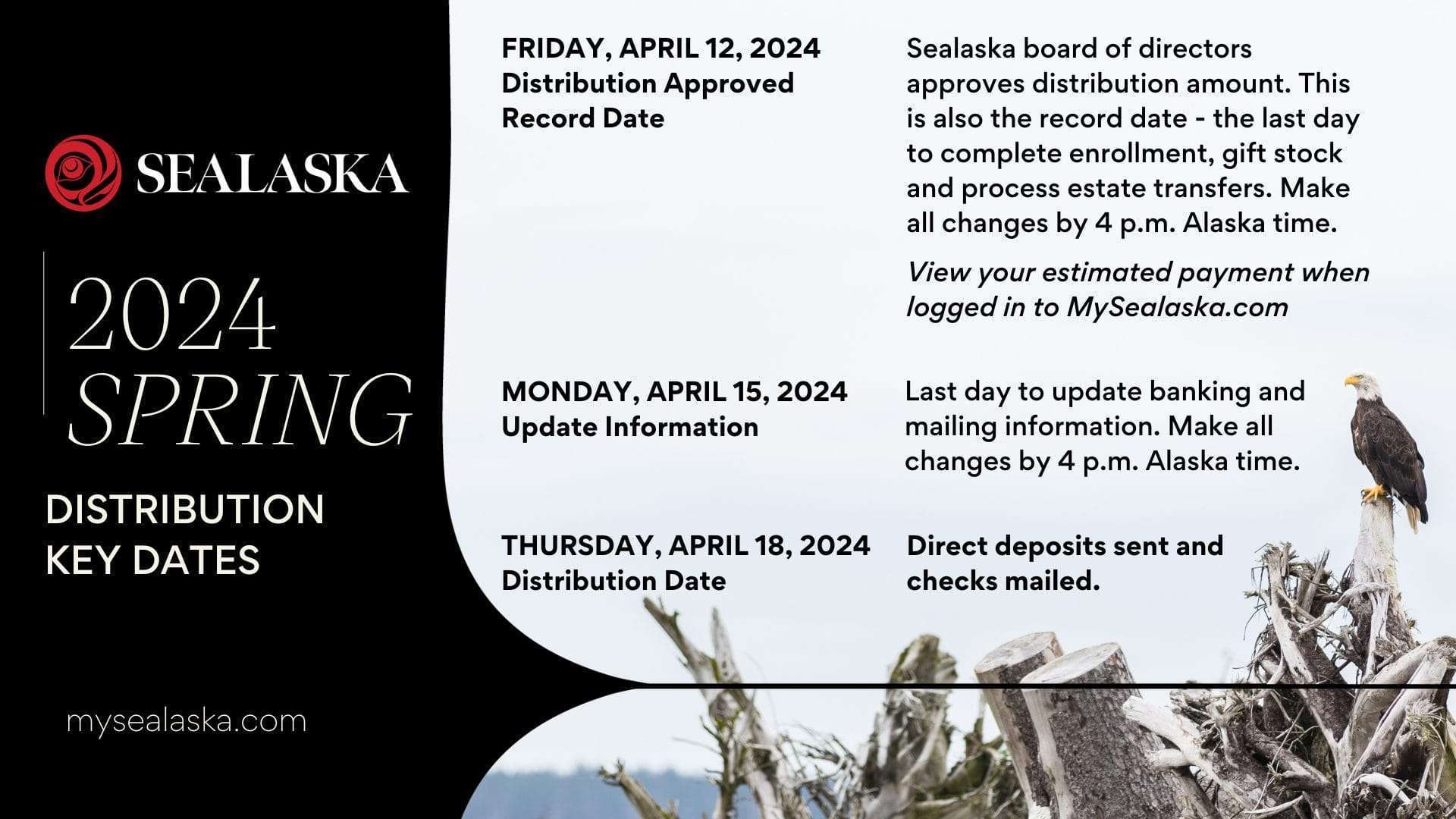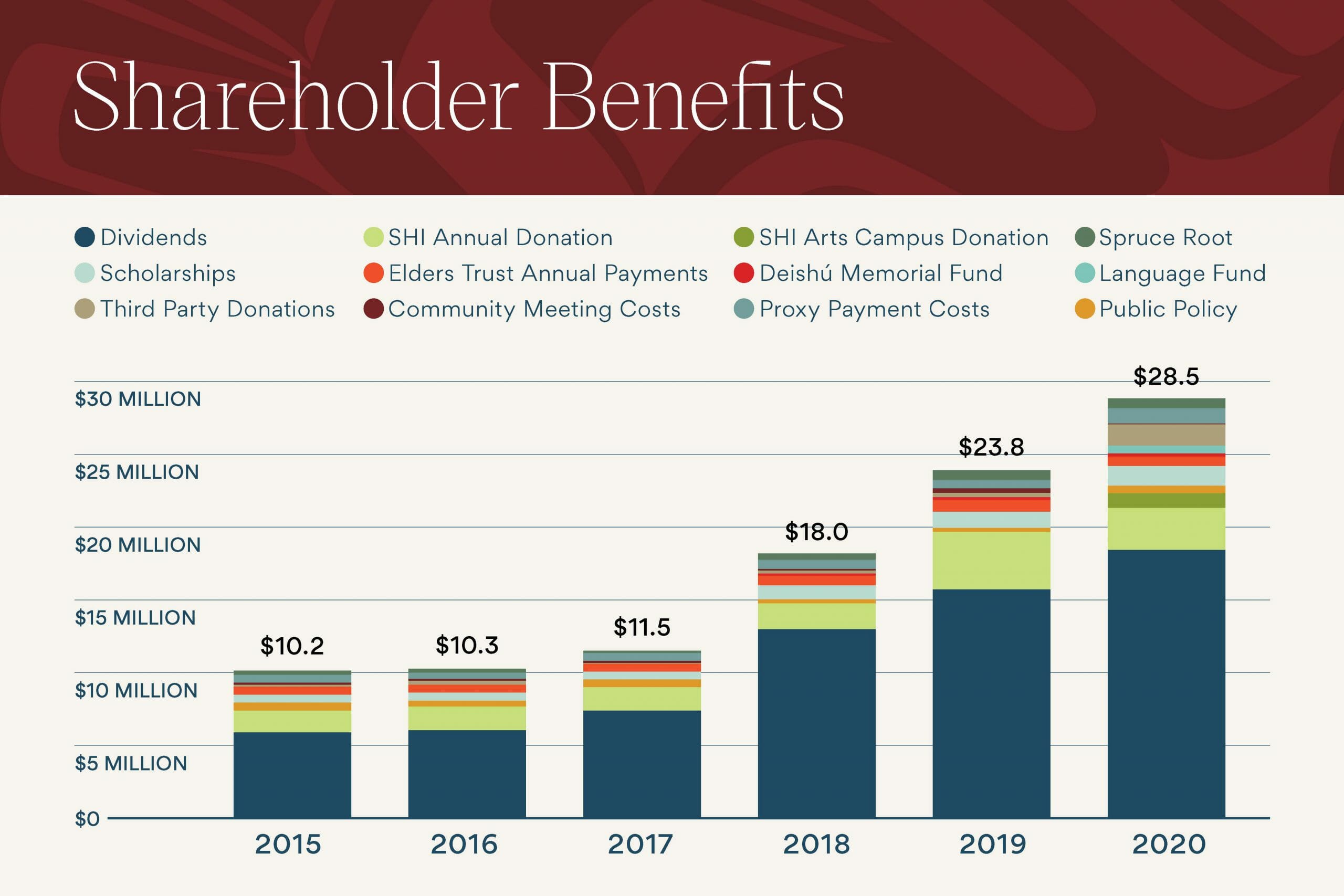Blood Quantum Q and A
Tuesday, April 12, 2022
News Search
26 results found
Posted 11/12/2025
Posted 11/12/2025
Sealaska is announcing a Fall 2025 distribution totaling $11.8 million, to be issued to shareholders on Thursday, November 13. The board of directors approved the distribution at its meeting on Friday, November 7. The upcoming distribution includes $2.9 million in dividends from Sealaska’s operations, $3.6 million from the Marjorie V. Young (MVY) Shareholder Permanent Fund, and $5.3…
Posted 11/7/2025
Posted 11/7/2025
Aak’w Kwáan (Juneau, Alaska), November 7, 2025 — Sealaska’s Board of Directors approved a $11.8 million fall distribution to shareholders to be issued Thursday, Nov. 13. The distribution reflects Sealaska’s commitment to its people and culture. Including descendants in the distribution ensures equitable generational sharing that honors ancestral stewardship. Sealaska welcomes Caleb Lee…
Posted 8/26/2025
Posted 8/26/2025
Juneau, Alaska (August 26, 2025) — The Sealaska Board of Directors has unanimously voted to appoint Sarah Dybdahl as the corporation’s new President, following a thorough recruitment process. This leadership transition comes in parallel with updating the Sealaska strategic plan and refining the institution’s mission and vision. Sarah Dybdahl (Aanshawatk’i), Taakw.aaneidi clan…
Posted 8/15/2025
Posted 8/15/2025
August 15, 2025 — Sealaska and Sitka Tribe of Alaska (Sitka Tribe) have signed the Interim Ḵunáa Historic Site Management Agreement. This agreement empowers Sitka Tribe to manage the 10.54 acres above mean high tide at Redoubt Falls (Ḵunáa). Ḵunáa, also known as Redoubt Bay Village, historically belonged to the Kiks.ádi and affiliated clans, with substantive historical importance as a…
Posted 7/28/2025
Posted 7/28/2025
Aak’w Kwáan (Juneau, Alaska) — Sealaska is reaffirming its deep commitment to cultural preservation, language revitalization, and youth empowerment through a series of initiatives affirmed at a recent Board of Directors meeting that honor its Tlingit, Haida, and Tsimshian roots while advancing the future of its people. The corporation is donating five premium red cedar logs to the community…
Posted 4/29/2025
Posted 4/29/2025
KETCHIKAN, Alaska, April 29, 2025 — Sealaska’s board of directors has approved funding for the reconstruction of the traditional clan house for the Kiks.ádi people of the X’aaká Hít (Point House), on their recently repatriated land in the Sitka Indian Village. This will be the first clan house to be rebuilt in Southeast Alaska in the 21st century. Where there were once 43 active clan houses…
Posted 4/11/2025
Posted 4/11/2025
Sealaska is announcing a Spring 2025 distribution totaling $17.7 million to be issued to shareholders on Thursday, April 17. Sealaska’s board of directors approved the distribution at a meeting held this Friday, April 11. The upcoming distribution includes dividends totaling $2.9 million from Sealaska’s operations, $3.3 million from the Marjorie V. Young (MVY) Shareholder Permanent Fund and…
Posted 1/17/2025
Posted 1/17/2025
Contact: Amy Miller, 907-229-3524 amy.miller@tnc.org Alaska’s economy lost billions in fisheries earnings over the last 50 years ISER report summarizes decades of research to draw sobering conclusions JUNEAU — A new report by the University of Alaska’s Institute of Social and Economic Research summarizes results from a variety of sources to draw a clear and compelling…
Posted 8/30/2024
Posted 8/30/2024
Sealaska interns unload after a long journey to Howkan, a traditional Haida village site. Sealaska interns left to right: Evan Link, Operations Fellow at Icemar; Allison Mills, Natural Resources Intern at Sealaska; Addy Mallot, Storytelling & Engagement Intern at Sustainable Southeast Partnership; and Alicia Maryott, Traditional Food Security Intern at Tlingit & Haida Earlier this summer…
Posted 8/28/2024
Posted 8/28/2024
The Sealaska Board of Directors has again endorsed Mary Peltola for U.S. Congress, speaking to her strong leadership and unwavering dedication to creating impact for Alaskan communities. Sealaska was the first Alaska Native Corporation to support Congresswoman Peltola’s bid for Congress in 2022 and continues to support the congresswoman in her campaign to continue serving Alaska in the state’s…
Posted 8/27/2024
Posted 8/27/2024
Story and photography by Christian Gomez Sealaska’s Natural Resources team recently met with members of the U.S. Forest Service (USFS) and local carvers on Prince of Wales Island for a three-day cedar tree inventory workshop. This collaboration, focused on scouting USFS land for cedar trees suitable for large-scale cultural art such as totem poles and canoes, marks a significant step in…
Posted 8/16/2024
Posted 8/16/2024
Early this summer, 34 students were guided through a series of financial wellness and career coaching workshops provided by #OneSealaska partner Spruce Root. Offered to the season’s cohort of shareholder interns as a part of Sealaska’s Intern Connect Week, the workshops provided participants an opportunity to grow existing knowledge and form new connections as they learned together as a group.
Posted 8/13/2024
Posted 8/13/2024
The Sealaska board of directors met on Friday, July 26 to welcome new board members and receive updates from the management team. The board focused on efforts for long-term strategic planning, led by the management team, with a goal of strengthening Sealaska’s internal team, vision for the future and community partnerships. This strategic planning will continue at the September meeting…
Posted 6/29/2024
Posted 6/29/2024
A majority of Sealaska’s 26,000 shareholders voted to approve two resolutions at the 51st annual meeting of shareholders in Sitka on Saturday. Resolution One, a binding resolution to update outdated language in the corporation’s Articles of Incorporation, passed with, 70.77% of the outstanding voting shares represented at the meeting voted in favor. 61.49% of the outstanding voting shares…
Posted 3/19/2024
Posted 3/19/2024
The Sealaska Board of Directors will meet on Friday, April 12, 2024, to approve the amount for Sealaska’s 2024 spring distribution. The distribution will take place on Thursday, April 18. Shareholders can prepare for a seamless distribution by completing any enrollment or stock transfer paperwork, including gifting or inheritance, by Friday, April 12 at 4 p.m. The last day to make changes to…
Posted 5/8/2023
Posted 5/8/2023
Shareholders, let’s meet at upcoming in-person community meetings! In the most recent shareholder survey, shareholders across the nation expressed the want to connect in-person and virtually. We heard you, and plan on visiting a community near you this spring! Connect with fellow shareholders at Sealaska’s community meetings. Sealaska shareholders are invited to join us to learn more about…
Posted 2/9/2023
Posted 2/9/2023
The 2023 Sealaska Annual Meeting of Shareholders will be held Saturday, June 24, 2023, at the Klawock High School Gymnasium in Klawock, Alaska. Sealaska will share a webcast of the annual meeting through the MySealaska.com shareholder portal for those unable to attend in person. About the Annual Meeting Key Deadlines Shareholder Resolutions Information Under Sealaska…
Posted 4/4/2022
Posted 4/4/2022
Sealaska shareholders approved a resolution to establish the Sealaska Settlement Trust by a margin greater than three to one during the 2021 shareholder election The trust frees Sealaska shareholders from paying federal income tax on their dividends. It will also reduce Sealaska’s tax obligation to the federal government in the future. Sealaska will work to ensure the trust is…
Posted 3/23/2022
Posted 3/23/2022
Lorem ipsum dolor sit amet, consectetur adipiscing elit, sed do eiusmod tempor incididunt ut labore et dolore magna aliqua. Ut enim ad minim veniam, quis nostrud exercitation ullamco laboris nisi ut aliquip ex ea commodo consequat. Duis aute irure dolor in reprehenderit in voluptate velit esse cillum dolore eu fugiat nulla pariatur. Excepteur sint occaecat cupidatat non proident, sunt in culpa qui officia deserunt mollit anim id est laborum.Lorem ipsum dolor sit amet, consectetur adipiscing elit...
Posted 11/4/2021
Posted 11/4/2021
Sealaska Shareholder Benefits
Sealaska is committed to investing in areas that benefit shareholders. This includes funding educational and professional development programs like scholarships and internships, providing semi-annual distributions to shareholders, and donating to cultural programs. The following chart highlights some of the benefits Sealaska has provided shareholders.
Posted 8/12/2021
Posted 8/12/2021
Sealaska shareholders approved a resolution to establish a settlement trust for Sealaska by a margin greater than three to one during the election that concluded Saturday, June 26. The trust, which is similar to those established by dozens of other Alaska Native regional and village corporations, will free Sealaska shareholders from paying federal income tax on their dividends.
Posted 8/9/2021
Posted 8/9/2021
What does the Tlingit, Haida and Tsimshian way of life look like through your lens? Show us in a snapshot during this year’s #SealaskaWayOfLife photo contest! Sealaska is dedicated to doing our part to improve ocean health and protect our way of life. Over the past six years, we’ve advanced our twin goals of economic prosperity and environmental protection by investing in a range of…
Posted 12/20/2020
Posted 12/20/2020
It is the holiday season, and a great opportunity to support local, Native-owned businesses, artists and entrepreneurs. Sealaska invited its shareholders, descendants and others in the Alaska Native community to share their businesses and artistry with our audiences so we can help promote them during an otherwise very difficult year. We were flooded with submissions from all sorts of artists…
Posted 10/9/2020
Posted 10/9/2020
Sealaska is committed to building an organization that plays an active role in addressing one of the biggest challenges facing our species: the effects of climate change on our environment. The effects of climate change are drastically increasing, with sea level rise, heat waves, drought, and extreme precipitation events occurring at a rate that is growing the call to action.
Posted 6/28/2020
Posted 6/28/2020
Shareholders receive news at 2020 annual meeting The 47th annual meeting of Sealaska shareholders featured record-breaking news for the company. The election of three women to the board of directors means that, for the first time ever, women make up the majority of board members. The company also announced record financial performance, which enabled significant growth in shareholder…
 Q: What is blood quantum?
Q: What is blood quantum? 